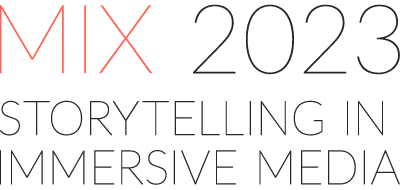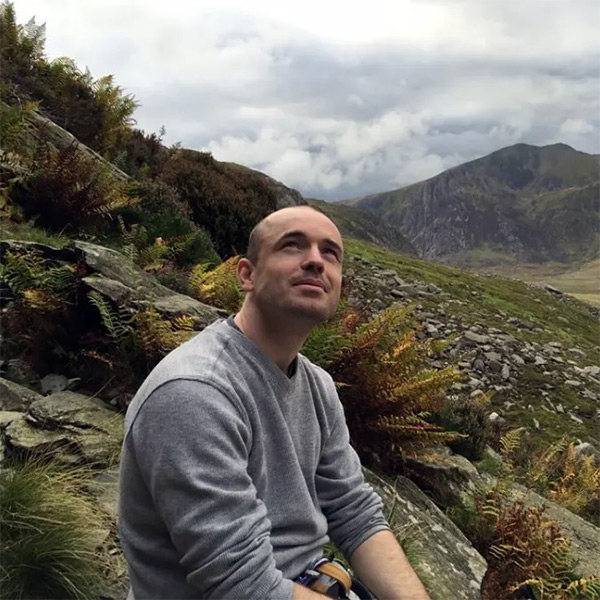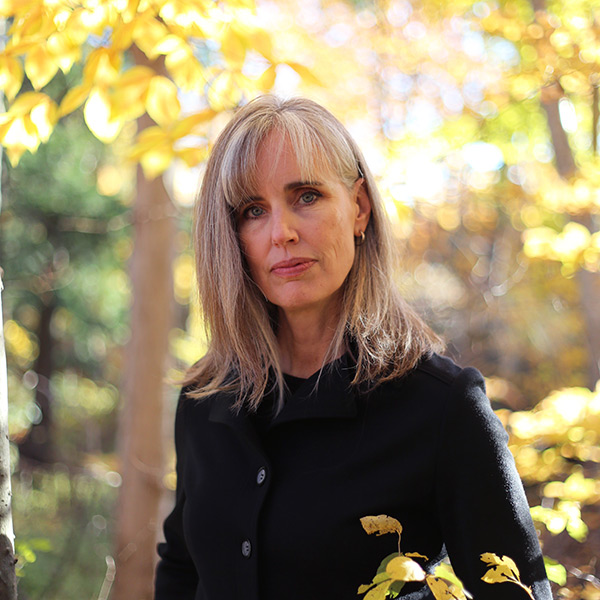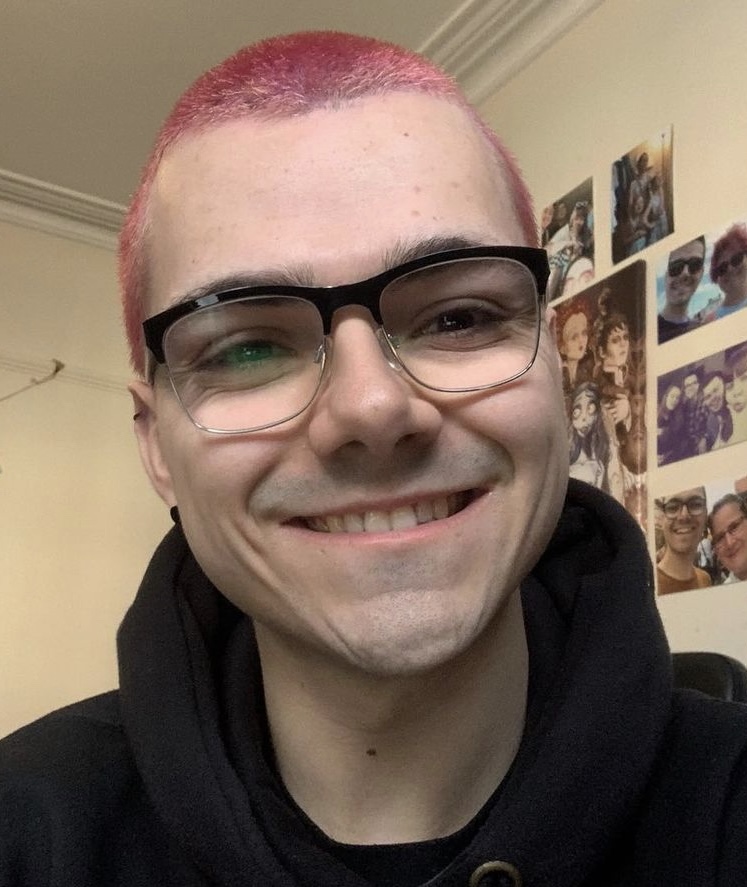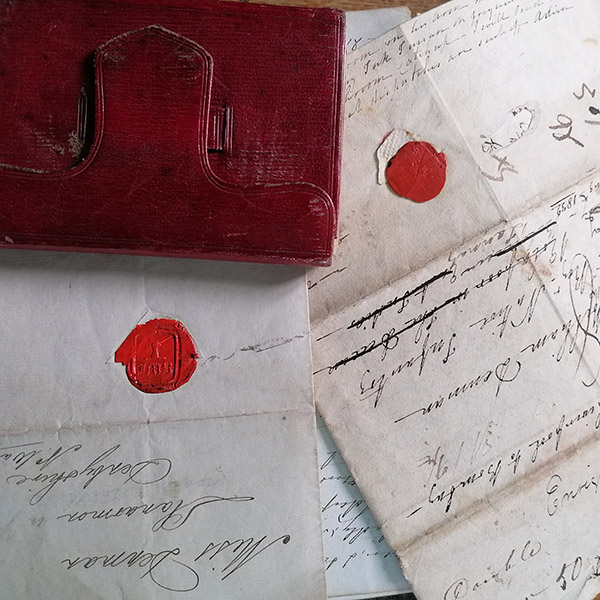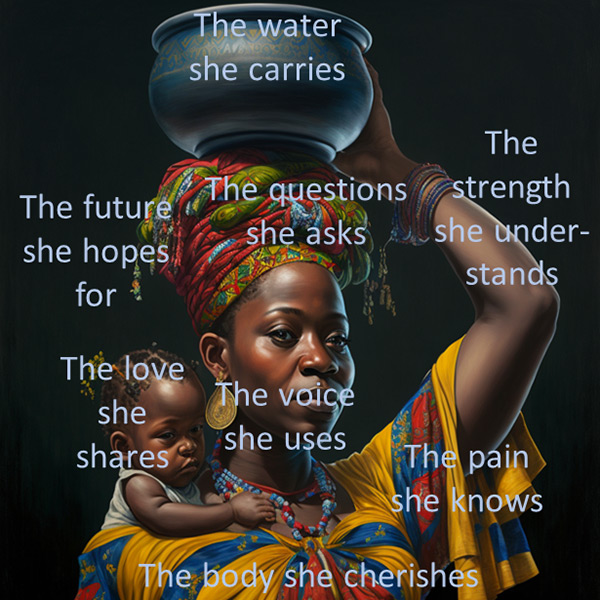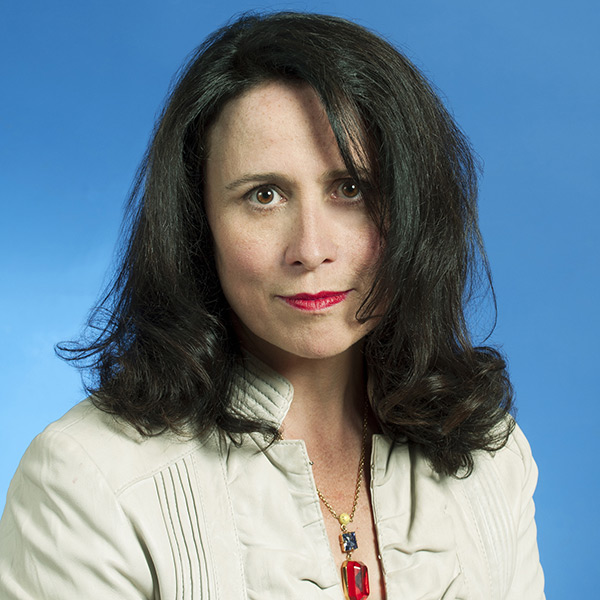Panel 1: Short Stories: Reflections on Projects and Practice
Chair: Euella Jackson
1.01 – Even the simplest immersions can move us: The Water Seller
Deena Larsen and Faith Samuel Bassey (Independent artists)
The Water Seller (Mai Ruwa) is a Twine hypertext portraying a woman’s determination to succeed, learn, and heal—even through the death of her husband and disapproval of her village. This work first shows a woman balancing a baby on her back and a curved water pot on her head. Each portion of the image is labelled: The water she carries, The strength she understands, The questions she asks, etc. which brings up lexia corresponding to that title. The story is set in 1988, a time of great change in Nigeria, yet a before an instantaneous, world-wide communication network. In this changing isolation, Aiwa’s life sneaks an education, meets and marries the king’s son for true love, suffers through her father-in-law’s treachery, and triumphs as she rebuilds her life for herself and her infant son. The story centers around Aiwa’s questioning of traditional beliefs that harm women, but strengthening those cultural values that support and promote all people.
This is one of the first “digitally borne” works for African Electronic Literature to provide a unique storytelling experience for Nigerians. This story now resonates within a new format in electronic literature, accessible on mobile phones. We hope to use the new experiences of immersive storytelling and the possibilities within electronic literature to convey our message about the inequalities associated with this traditional belief and to explore possible ways to keep these unique cultures alive and thriving in this modern world.
1.02 – The Coostriah Project – stories of love, sex, race and Empire
Rachel Pownall (Bath Spa University/Agapanthus Productions)
Rachel Pownall will talk about how she explored different technologies to tell stories within family letters and diaries dating back to the early-mid C19th. She will discuss how she researched different aspects of AR, & VR, MoCap, projection mapping and immersive audio to find ways of telling these complex and multifaceted narratives.
Central to all of the stories is Rachel’s great, great grandmother Charlotte Coostriah Baker née Denman. Charlotte was born in Maharashtra, India in 1830, the daughter of William Denman, an Ensign in the East India Company’s army, and a local Indian woman who died giving birth to Charlotte. William failed to mention his wife and child in his letters home, so it was a great surprise to his family when, in 1833, he returned to Britain on ‘Sick Certificate’ bringing Charlotte with him. He left her in North Wales with his 3 unmarried sisters and brother. In 1835, having remarried, he returned to India, dying there the following year. Charlotte’s diaries paint a vivid picture of her life in North Wales until her uncle’s bankruptcy when she and her aunts were banished from polite society.
In order to tell Charlotte’s story in a culturally sensitive way Rachel consulted with Dr Priya Atwal of Oxford University on the historical, political, social and cultural background of anglo-Indian relationships under the East India Company. She trawled through the British Library’s East India Company archive to try and unravel the mystery surrounding Charlotte Coostriah’s birth. Insight into the lives and opportunities of unmarried women in the C19th was given by Dr Jackie Collier of Bath Spa University.
Rachel will share the proof of concept prototype developed with Zubr Curio, a Bristol based AR and VR studio, that takes a hybrid approach to telling these stories, with the visual style set by illustrator Bhavana Ram Mohan.
1.03 – Small Scales and Large Impacts – Broadening Horizons and Moving Forward
Sam Pegg and James Baker (University of Southampton, Digital Humanities Hub)
Small Scales and Large Impacts (known as Small Scales from this point on) is an interactive storytelling experience – published at https://biglittleinteractive.itch.io/small-changes-large-impacts – that seeks to empower the small-scale decisions we make about the environment that have the potential to have large impacts (hence the name).
Started as part of an internship for the Digital Humanities Hub at the University of Southampton in January 2022, the project positions itself as a point-and-click adventure that has audiences progressing through a short narrative. The goal of Small Scales is to challenge people to think about the seemingly small decisions we make on a day to day basis and recognise that potential impacts they have. From recycling a plastic bottle and removing tape from a cardboard box to discovering palm oil washed ashore – the idea behind Small Scales is to take real-life situations we may encounter and explore the different responses we have to these events.
However, what Small Scales represents is much more than its environmental aspirations. In this talk, I will discuss how the project demonstrates one of the many ways in which the humanities can interact with the digital world – an example of an undergraduate student bringing their interests in narrative and storytelling and combining it with the necessary coding skills to build a branching interactive story. Similarly, I will show how smaller independent based projects can still set off with the biggest of aspirations – serving as a MVP (minimum viable product) for a business model that Small Scales hopes to build upon in the near-future. Most importantly – I will demonstrate that anyone, regardless of their level of expertise, can begin to create interactive projects and continue to develop and actively contribute to the digital landscape they find themselves within.
1.04 – Artists Make Metadata
Angela Joosse (University of Toronto)
This paper addresses challenges documenting and preserving the work of the Decameron 2.0 Collective. Formed in March 2020, the Decameron 2.0 is a collective of nine Canadian feminist artists and scholars. The Collective’s primary commitment is to foster a community of care and trust that supports critical creative response to life during pandemic and beyond. Inspired by Giovanni Boccaccio’s plague narrative The Decameron (1348-1353) – a medieval frame narrative about a group of ten who flee a plague-torn Florence to a retreat to the country where they pass the time telling stories – the members of the Decameron 2.0 Collective have been meeting weekly over Zoom to share stories, make, and write. Over the past three years they have created a body of over 100 artworks, some of which they have installed in a 3D virtual world which is viewable online at decameron.gallery. All pieces in this collection are digital, but they span a range of different formats: audio, video, text, image, and 3D objects. As born-digital storytelling pieces installed within a virtual world, these works are not easily documented and are highly susceptible to loss.
In this paper I share the frameworks I am using to document the work of the Decameron 2.0, including the development of standardized, interoperable metadata. From my position as an active member of Decameron 2.0 as well as an information professional, my goal is to bridge domain knowledge with information organization needs. By providing standardized description this project can help archivists, curators, librarians, and researchers access and understand these artworks in the near and potentially more distant future. This project is part of a larger undertaking aimed at supporting artists in the making of metadata for their work, particularly time-based digital artworks that are vulnerable to loss due to technological obsolescence.
1.05 – We’ve been using AI to help novel writing since 2009
Joe Reddington (eQuality Time)
In this presentation, we will share our 14-year journey in harnessing artificial intelligence (AI) to facilitate collaborative novel writing. Over the years, our team has successfully produced around 300 novels, both with and without the AI.
As passionate readers and writers, we strive for captivating narratives, well-structured plot arcs, and precise tension control. We seek consistency in style and room for creative expression. Moreover, we aim to verify the effectiveness of these elements without the need to double check a 300-page draft, and we want to be sure that we’re thinking about the current version of the draft not the one from three days ago.
This talk covers how we use automatically generated diagrams and maps of books to see at a glance what our narrative looks like, how our style emerges, and, importantly, how we can use them to demonstrate ‘market fit’ to busy executives.
1.06 – We Calibrate: the immersive world of volumetric video before the story
Caitlin Fisher (Immersive Storytelling Lab, York University)
What does a depth camera ‘see’? In this talk, I’ll share outtakes and documentation from a volumetric film shoot that took place at the Immersive Storytelling Lab at Cinespace Studios in Toronto in 2021. While the shoot formally resulted in a finished volumetric XR work (the volumetric AR piece, Fiery Sparks of Light, which I can also briefly share), the media generated during set up, breaks and while calibration ‘failed’, or was in process, is deeply poetic and suggestive of future immersive forms. The stitched-together fragments offered in the brief video that I will speak over as part of my talk, can be read as documentation, as anti-‘how-to’-video, and as meditation on a new form that, if you look deeply, may be more promising if understood as having much in common with early experimental animation traditions of the last century than the mimetic realism promised in this one, prompting a provocation: what stories might volumetric make possible that we haven’t yet made?
